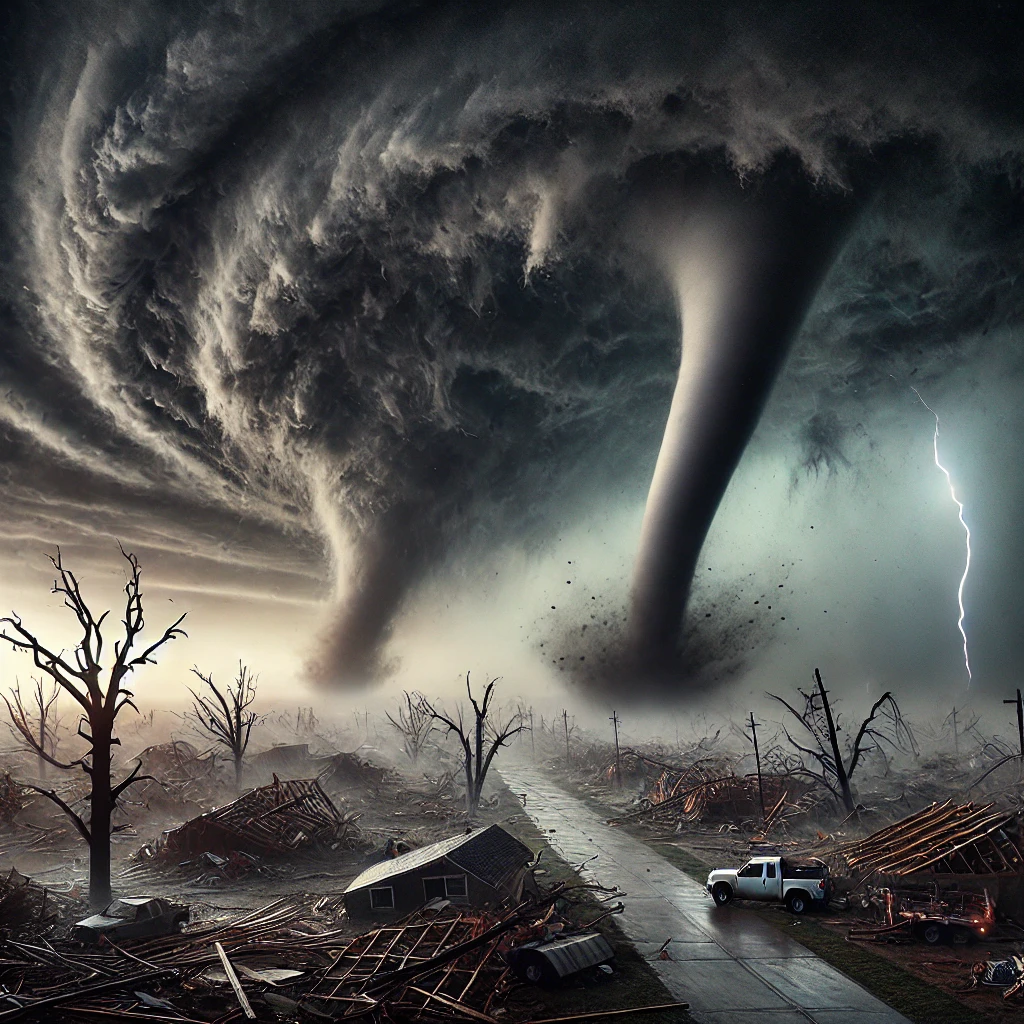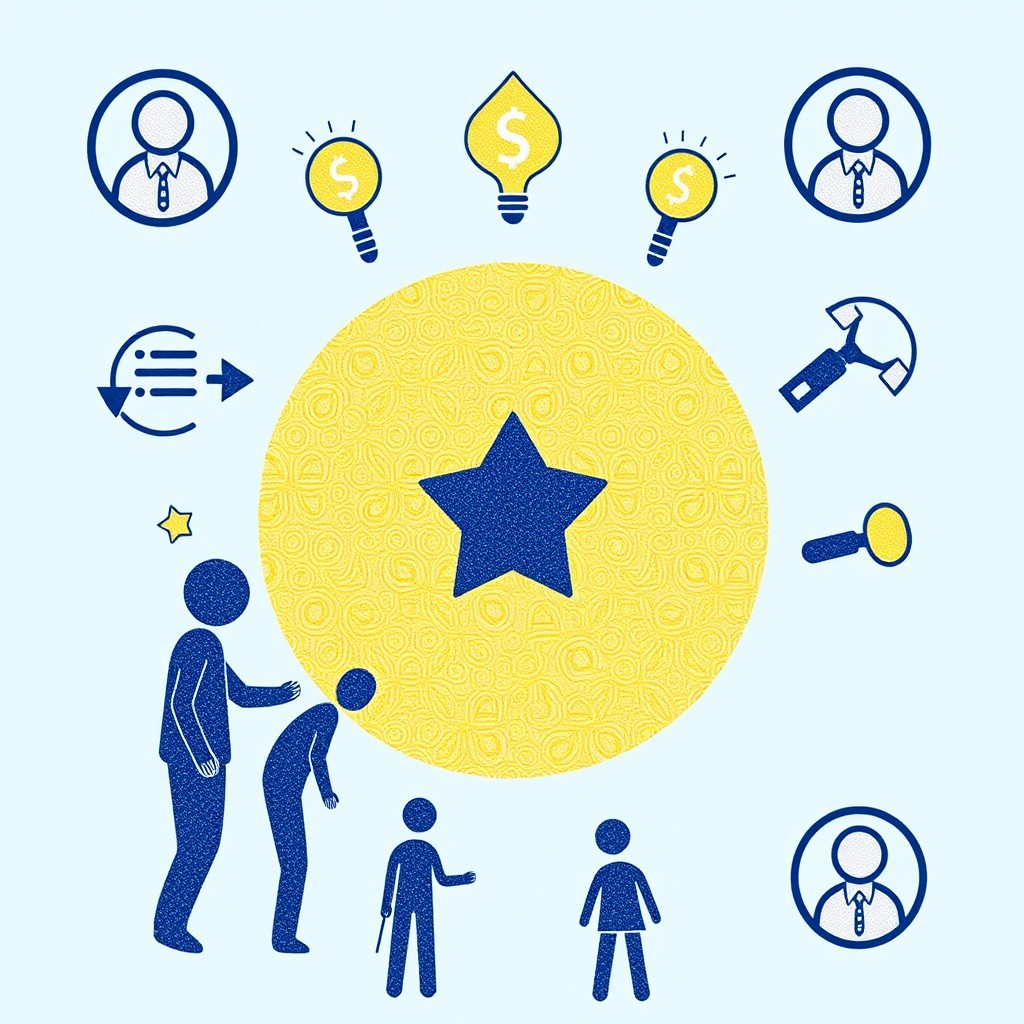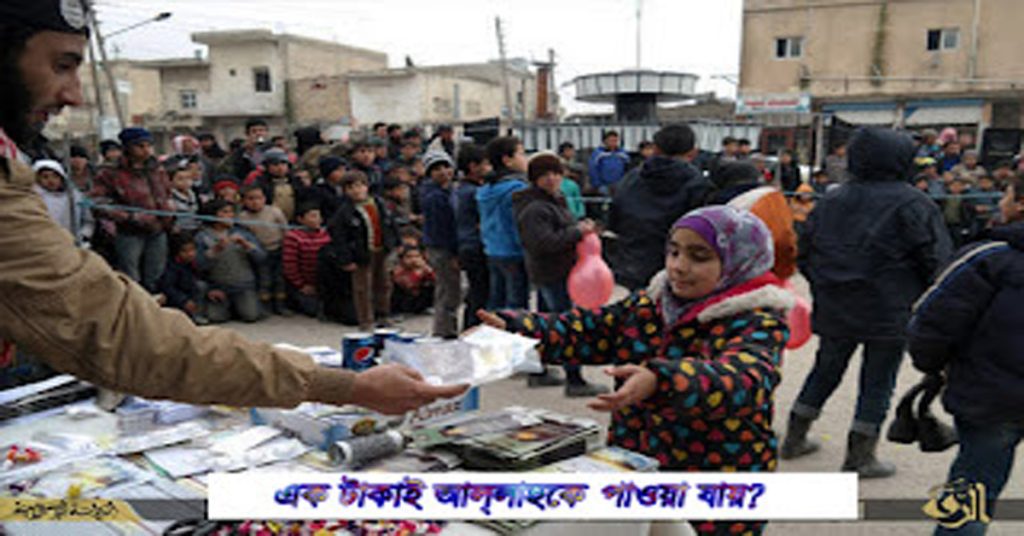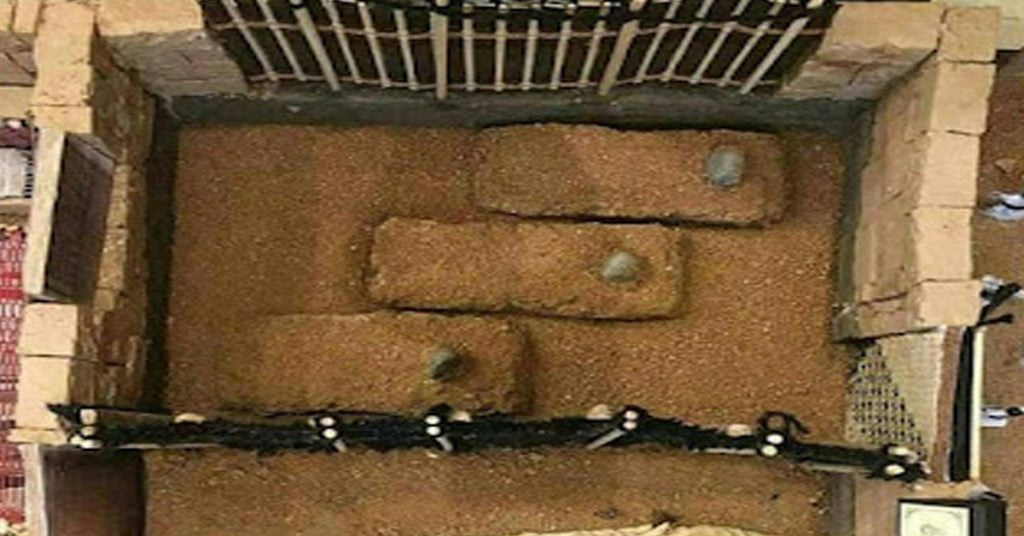

1. Overview of Hurricane Milton
Hurricane Milton developed as a Category 4 hurricane in the Atlantic Ocean, making landfall on the southern coast of the United States. With sustained winds exceeding 150 mph, Milton wreaked havoc on coastal cities and rural communities. The storm caused major flooding, surges, and wind damage across multiple states, including Florida, Georgia, and South Carolina.
2. Immediate Impact and Damage
2.1. Destruction of Infrastructure
One of the most severe consequences of Hurricane Milton was the widespread destruction of public infrastructure. Highways, bridges, and roads were submerged or washed away, creating significant transportation disruptions. Power lines were downed, leaving millions without electricity for days, and water treatment facilities were compromised, leading to unsafe water supplies.
2.2. Residential and Commercial Property Damage
Entire neighborhoods were leveled as the storm’s powerful winds tore apart homes and commercial buildings. Coastal properties suffered the worst damage due to storm surges that caused extreme flooding, rendering many areas uninhabitable. It is estimated that billions of dollars in damages were incurred due to these structural losses.
2.3. Environmental Impact
Hurricane Milton also left its mark on the natural environment, with coastal erosion, deforestation, and the destruction of local ecosystems. The storm displaced wildlife, contaminated water bodies with debris and pollutants, and led to long-term damage to agricultural lands, disrupting food supplies.
3. Humanitarian Crisis
3.1. Evacuations and Displacement
In the days leading up to Hurricane Milton’s landfall, emergency authorities issued mandatory evacuation orders for millions of residents in the storm’s path. However, many individuals were unable to leave, resulting in a humanitarian crisis. Post-hurricane, thousands were left homeless, relying on shelters and government assistance for basic needs.
3.2. Health and Safety Concerns
After the storm, there was a significant increase in health risks due to water contamination, mosquito-borne diseases, and the lack of access to medical care. Emergency responders faced challenges in reaching affected areas, further delaying medical aid and food supplies.
4. Government Response
4.1. Federal and State Assistance
The Federal Emergency Management Agency (FEMA) and state governments swiftly mobilized resources to assist those impacted by Hurricane Milton. This included financial aid for displaced families, emergency medical services, and repair crews to restore critical infrastructure. However, the scale of the disaster meant that recovery was slow and painstaking, and many affected communities criticized the speed of the federal response.
4.2. Deployment of National Guard and First Responders
In the immediate aftermath of Hurricane Milton, the National Guard was deployed to assist in search and rescue operations, distribute food and water, and provide security in the hardest-hit areas. First responders worked tirelessly to rescue stranded individuals, restore power, and reopen essential transportation routes.
5. Private Sector and Non-Profit Organizations’ Role in Recovery
5.1. Corporate Donations and Support
Several major corporations contributed to the recovery efforts through donations and volunteer programs. Companies such as Walmart, Amazon, and Home Depot provided essential supplies like food, water, and building materials to communities in need. Additionally, many corporations donated millions of dollars to non-profit organizations aiding recovery.
5.2. Non-Governmental Organizations (NGOs)
NGOs played a crucial role in the relief efforts by providing food, shelter, and medical aid to displaced individuals. Organizations like the Red Cross, World Central Kitchen, and Habitat for Humanity were on the ground from the beginning, helping to coordinate relief operations and assisting in the long-term rebuilding of communities.

6. Long-Term Recovery and Rebuilding Efforts
6.1. Infrastructure Reconstruction
The process of rebuilding communities after Hurricane Milton has been slow but steady. One of the primary focuses has been on rebuilding roads, bridges, and power grids to restore normalcy to affected areas. Additionally, new construction regulations have been introduced to ensure that future buildings are more resilient to hurricanes.
6.2. Housing Recovery
Housing recovery has been another challenging aspect, as many families have struggled to rebuild their homes. Government assistance programs, coupled with private sector involvement, have aimed to provide affordable housing to displaced residents. However, the high cost of construction materials and labor shortages have delayed this process.
7. Economic Impact of Hurricane Milton
7.1. Short-Term Economic Losses
The immediate economic losses caused by Hurricane Milton are staggering. The destruction of businesses, disruption of supply chains, and loss of productivity across multiple sectors resulted in billions of dollars in losses. Tourism, agriculture, and retail were among the hardest-hit industries.
7.2. Long-Term Economic Recovery
Although economic recovery is underway, it is expected to take several years for the affected regions to fully bounce back. Investment in resilient infrastructure, diversification of local economies, and state and federal aid will be crucial to the long-term revitalization of these areas.
8. Climate Change and Future Hurricane Preparedness
8.1. Impact of Climate Change on Hurricanes
Hurricane Milton underscored the growing threat posed by climate change. Warmer ocean temperatures, rising sea levels, and shifting weather patterns have made hurricanes more frequent and intense. Scientists warn that unless decisive action is taken to mitigate climate change, future storms could cause even greater damage.
8.2. Strengthening Future Preparedness
In response to Hurricane Milton, governments at the local, state, and federal levels are reassessing their preparedness strategies. This includes investing in early-warning systems, strengthening evacuation plans, and constructing more resilient infrastructure capable of withstanding the increasing intensity of hurricanes.
9. Lessons Learned from Hurricane Milton
9.1. Importance of Early Preparation
One key lesson from Hurricane Milton is the importance of early preparation and clear communication. Communities that implemented thorough evacuation plans and had disaster relief strategies in place fared significantly better than those that did not.
9.2. Need for Comprehensive Disaster Relief Systems
The storm highlighted the need for a more coordinated and comprehensive approach to disaster relief. Governments, corporations, and NGOs must work together to create efficient systems that deliver immediate and long-term aid to affected populations.
Hurricane Milton: A Comprehensive Analysis of Damage and Recovery
10. Conclusion
Hurricane Milton was a stark reminder of the devastating power of nature and the importance of preparedness, resilience, and coordinated recovery efforts. While the road to full recovery is long, the lessons learned from this disaster can help shape a more prepared and sustainable future. Communities, governments, and individuals must continue to work together to rebuild and prepare for the challenges that lie ahead.
FAQs
1. How strong was Hurricane Milton?
Hurricane Milton reached Category 4 status, with sustained winds over 150 mph, making it one of the most powerful storms of the season.
2. Which areas were most affected by Hurricane Milton?
The storm hit parts of Florida, Georgia, and South Carolina the hardest, with coastal cities suffering the most from flooding and storm surges.
3. How much damage did Hurricane Milton cause?
Estimates suggest that the storm caused billions of dollars in damage to infrastructure, homes, businesses, and the environment.
4. How long did the recovery from Hurricane Milton take?
Recovery efforts are ongoing, with some areas still in the rebuilding process several years after the storm.
5. What role did climate change play in Hurricane Milton?
Climate change likely contributed to the storm’s intensity, as warmer ocean temperatures can lead to more powerful hurricanes.
6. What were the key recovery efforts after Hurricane Milton?
Key efforts included government aid, NGO involvement, and private sector donations aimed at restoring infrastructure, providing housing, and aiding displaced individuals.






Some genuinely prize content on this internet site, saved to my bookmarks.
of course like your website but you have to check the spelling on several of your posts A number of them are rife with spelling issues and I in finding it very troublesome to inform the reality on the other hand I will certainly come back again
you’re really a good webmaster. The site loading speed is amazing. It seems that you are doing any unique trick. Also, The contents are masterwork. you have done a magnificent job on this topic!
There is noticeably a bundle to know about this. I assume you made certain nice points in features also.